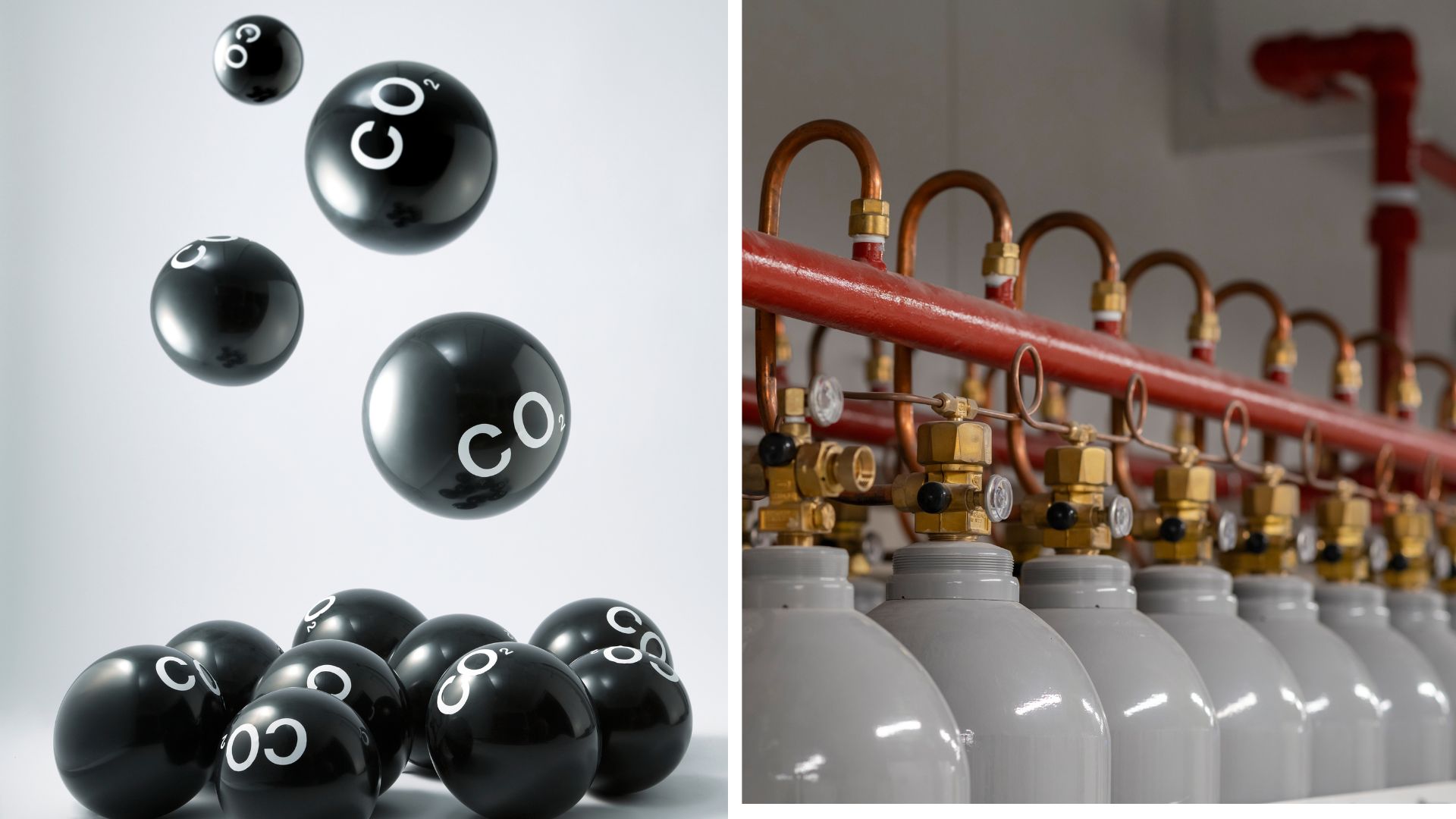Pulsed electricity makes copper better at CO2 fuel conversion

Source: interestingengineering
Author: @IntEngineering
Published: 8/23/2025
To read the full content, please visit the original article.
Read original articleScientists from the Fritz Haber Institute have developed a novel method to enhance copper’s ability to convert carbon dioxide (CO2) into valuable fuels such as ethylene and ethanol by applying pulsed electric potential treatments to copper single crystal surfaces. This approach involves alternating anodic (oxidizing) and cathodic (reducing) pulses, which induce dynamic structural and chemical changes on the copper surface. Specifically, the anodic pulses create unique inverted pyramid-like surface structures and generate a thin (~1 nm) Cu(I) oxide layer, while the cathodic pulses help stabilize these features. These transformations improve the catalytic efficiency and allow tunable selectivity in CO2 conversion, as revealed through advanced spectro-microscopy techniques (LEEM/XPEEM) that provide spatial and chemical resolution of the surface changes.
The research offers a promising pathway for sustainable energy solutions by enabling more efficient reutilization of CO2, a major greenhouse gas, into renewable hydrocarbons and alcohols. By closing the carbon cycle through
Tags
energymaterialscopper-catalystCO2-conversionrenewable-fuelselectrochemical-treatmentsustainable-energy